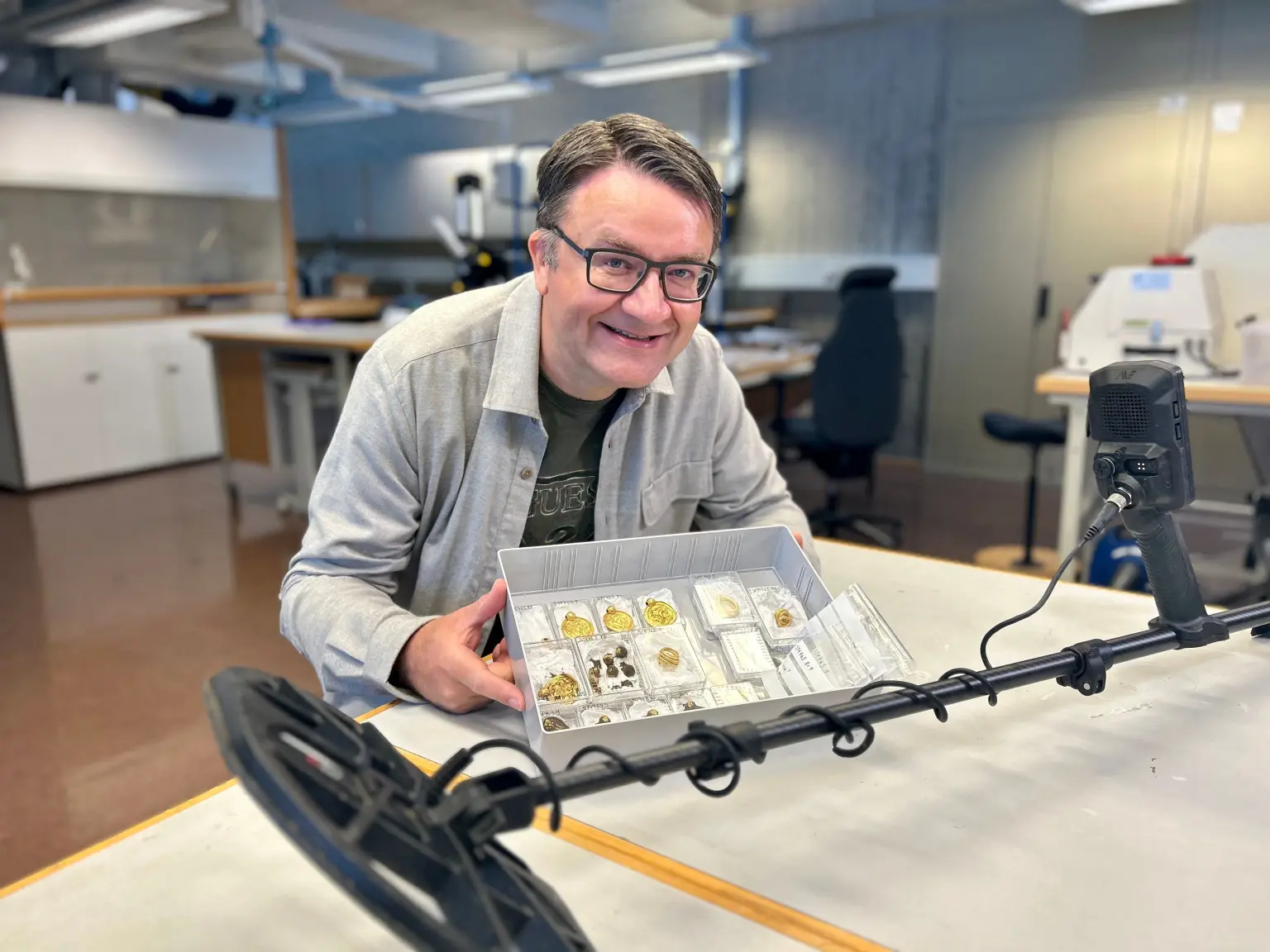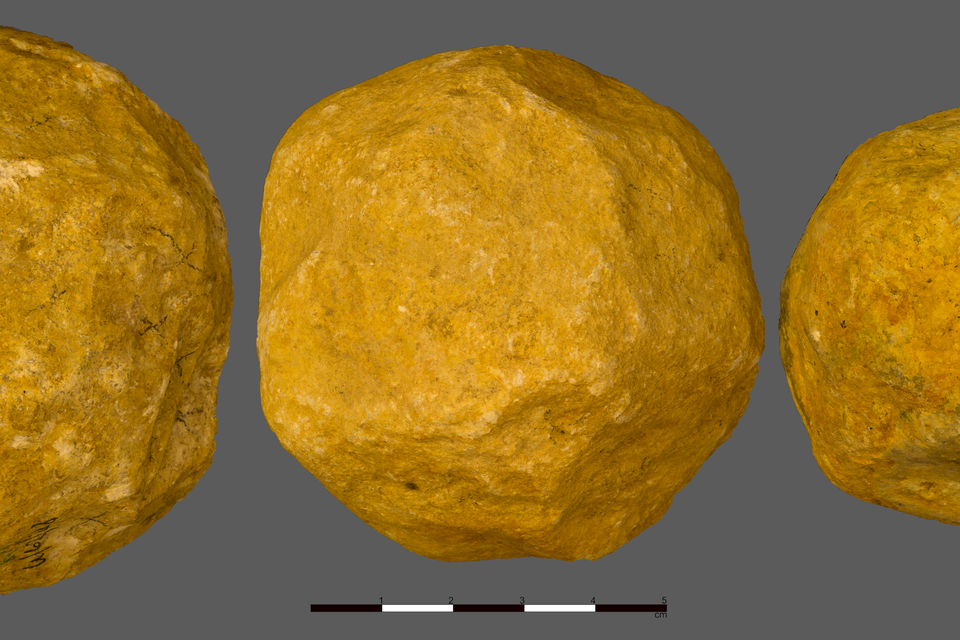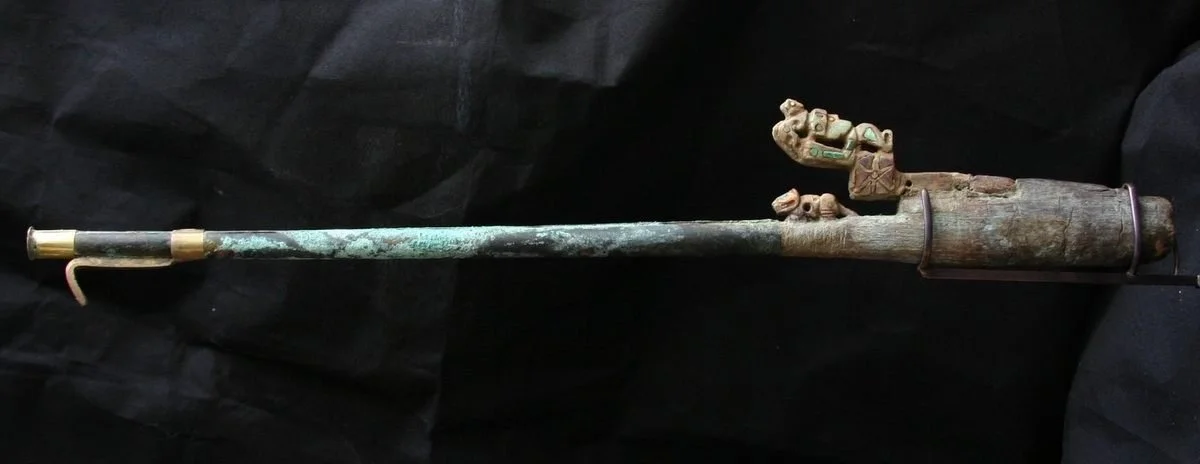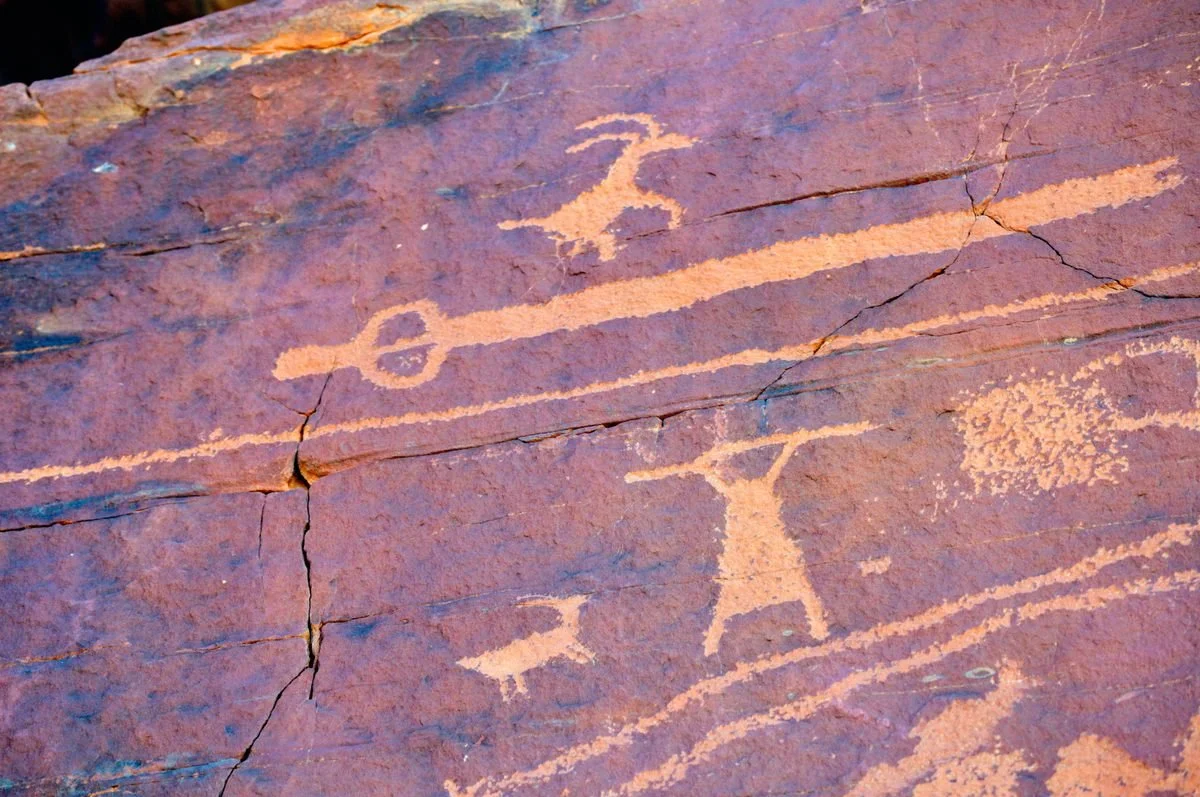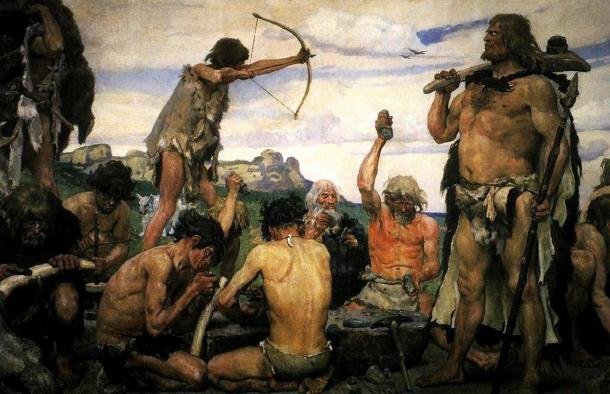The German Archaeological Institute's Eurasia Department's scientific director, archaeologist Mayke Wagner, put together a team of geologists, chemists, and fashion designers to investigate the Turfan Man's rumored attire. In order to reenact the original manufacturing procedure and unravel the garment's greatest mysteries, their goal was to research the weaving techniques.
In the March 2022 edition of Archaeological Research in Asia, Wagner's team discussed the results of their investigation. They discovered, in essence, that the Turfan Man's trousers were woven by a single machine and that up to four different weaving methods were employed by its artisans. It was discovered that two of these were exclusive to this particular pair of pants. These textiles were referred to as "Yanghai weft twining" and "Yanghai dovetailed twill tapestry."
Wagner's team hypothesized that the Turfan Man's trousers were woven rather than sewn together since the fabric of the pants exhibited no traces of cutting or knitting. Their assumptions turned out to be accurate; a preliminary study of the antique clothing indicated that the trousers were constructed using the twill weave method, which is a method of weaving.
The fabric is less rigid and more elastic thanks to the twill weave type, which creates a diagonal pattern of parallel ribs, giving the wearer more mobility. This revelation is not all that shocking given that the people buried at Yanghai belonged to a society of herders and horse riders.
What is surprising, though, is that when the Turfan Man's pants were constructed, twill weave was still a novelty. The earliest known fossil examples of twill weave, according to textile archaeologist Karina Grömer of the Natural History Museum Vienna, were found on pieces of woven cloth that were discovered in an Austrian salt mine, thousands of miles from China's Tarim Basin. The Turfan Man's trousers were thought to be at least 200 years younger than these textiles.
Like today's jeans
Because twill weaving is so uncommon, significant concerns must be asked regarding the cultural influences that may or may not have influenced these early Chinese artisans. It was also evidence of their competence. The same method is used in contemporary denim jeans, which are renowned for their durability. "This is not a beginner's item," Grömer, who looked at the garment previously but wasn't involved in Wagner's study, told Science News. "It's like the Rolls-Royce of pants," someone said.
The fabric around the knees was woven using a separate technique called as tapestry weaving. When compared to twill weaving, tapestry weaving produces a layer of fabric that is thicker, which in this case would have protected the wearer's joints while mounting a horse. A strong yet surprisingly flexible waistband was made using a third weaving technique on the upper border of the pants to keep them in place.
Fashion designers were able to identify the weaving patterns with ease, but they had no idea what tools the craftsmen would have used. Archaeologists have no clue what an ancient loom from this area might have looked like, and no weaving implements have ever been discovered at or close to Yanghai. Wagner speculates that the artisans might have employed a loom that could be operated while seated, but this is all conjecture.
According to Wagner's research, their best chance is to create additional reproductions using various historic and modern weaving techniques, then identify which of these replicas is most similar to the original. The researchers hired a skilled weaver to create their duplicate, who used the same material as the ancient Chinese artisans: yarn spun from coarse-wooled sheep. Future duplicates would be made of the same material.
Putting the past back together one fiber at a time
"Clothes make the man," as the saying goes, takes on new significance in textile archaeology. We may learn a lot about ancient civilizations, especially those without their own writing systems, by studying the methods used to make clothing and the purposes for which it was worn. In just a few decades after his passing, mobile populations all over Eurasia were donning trousers, proving how influential The Turfan Man was in setting fashion trends.
According to other archaeological investigations, the rise in popularity of trousers and the development of horseback riding are related. Little wonder. As previously indicated, the Turfan Man's trousers' twill weave and flexible crotch piece coupled a snug fit with enhanced mobility—garment attributes that are helpful when you have to climb and ride horses on a regular basis.

